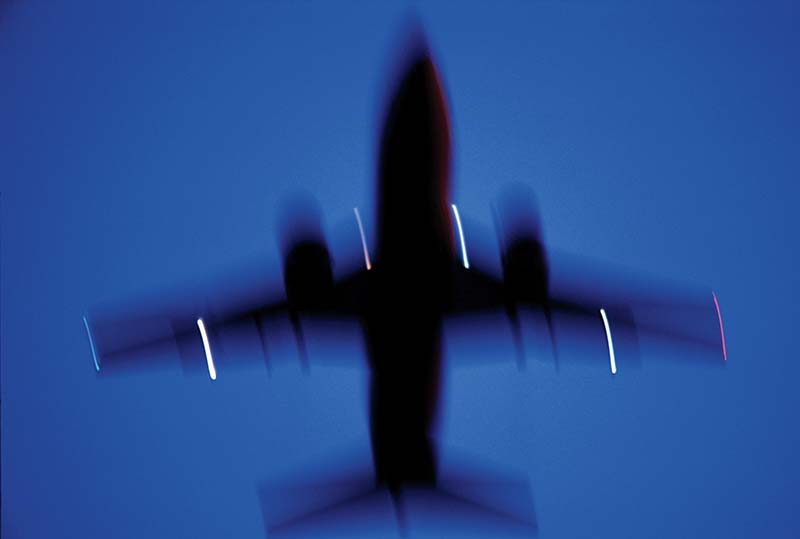
The red-eye might not be your first choice for coast-to-coast travel, but you don’t question that it is there for the taking. Why wouldn’t it be?
In the early years of aviation, flying at night would have been a counterintuitive proposition. Flying without seeing where you were going required breakthroughs in lighting and navigation.
Both fascinated Preston R. Bassett, class of 1913 (and namesake of Bassett Planetarium). His key patents in the application of arc lighting and gyroscopic instrumentation helped enable night flight.
Bassett’s writings include a disquisition on maximizing the intensity and projection of a light source, as well as wide-eyed reports such as “My Day with Orville Wright.” He also published biographical sketches of early pilots. One recounts a record-setting 1924 transcontinental journey. In this “Dawn to Dusk” flight, it took 21 hours and 44 minutes for Russell Maughan to get from Mitchell Field in Long Island, N.Y., to San Francisco. Maughan departed as light cracked the horizon and “he raced the sun across the continent,” landing at twilight on that long summer solstice day.
Four years later, in 1928, Bassett—an engineer at Sperry Gyroscope Co.—was “busy equipping airways with automatic beacons so the airmail could go through by night,” he later wrote. These first night routes were between New York City, Boston and Washington, D.C., and Bassett’s luminescent markers allowed pilots to orient themselves.
Equally important for night flying were instruments that could guide an aircraft in the absence of visible landmarks. Early in his career at Sperry (where he rose to be chief engineer and president), Bassett directed research on using gyroscopes in compasses and in other instruments pilots use for guidance. “Little did we realize that we were pioneers in the new field that is now called automation,” he later reflected.
Automatic pilot, it turns out, is more than a cockpit convenience. It makes the red-eye possible.